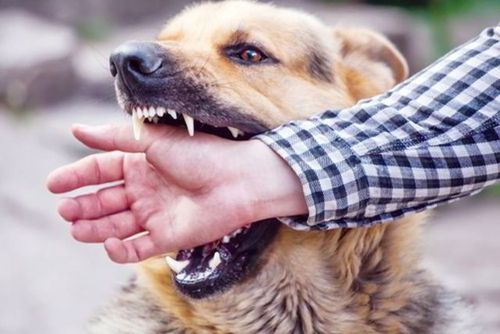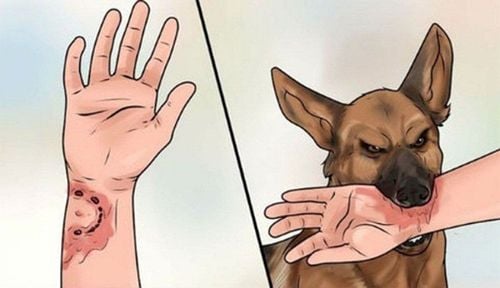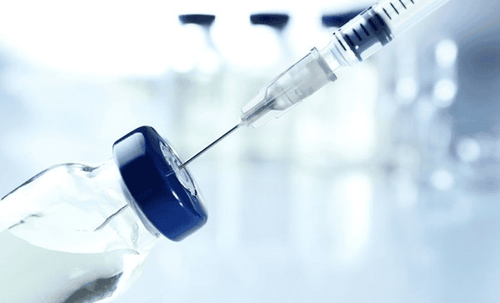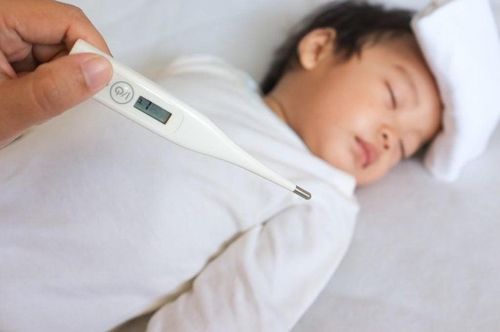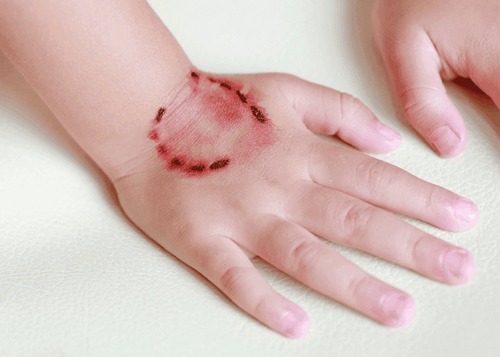This is an automatically translated article.
The article was consulted professionally with BS. Nguyen Hai Ha - Head of Vaccine Unit - Pediatric Outpatient Department - Pediatric Center - Vinmec Times City International Hospital.According to a report by the World Health Organization (WHO), rabies is widespread around the world. Each year, more than 10 million people are bitten by rabies or suspected rabies animals need to receive rabies vaccine prophylaxis, about 60,000 - 70,000 people die from rabies, most of which are reported from countries in the tropics. .
In Vietnam, rabies is endemic and developed in most provinces/cities. In the years 1990-1995, the mortality rate was 0.43/100,000 people, an average of 350-500 deaths per year. In 1996, the Prime Minister issued Directive 92 on strengthening rabies prevention. Rabies prevention and control measures have been enhanced and combined, so the number of deaths from 1996 to 2007 has decreased by 75% compared to 1995. In 2007, the country had 131 deaths and by 2017 statistics. was 74 deaths from rabies. Rabies is an extremely dangerous disease when it occurs, 100% of both people bitten and bitten animals die. The incubation period for rabies ranges from a few days to several months, even years, while the time from onset to death varies from 2 to 10 days.
1. What is rabies?
Rabies is an acute viral infection (an RNA virus of the rhabdovirus family) of the central nervous system from animals to humans by secretions, usually saliva, contaminated with rabies virus. Most cases of exposure to rabies are through the bite or lick of an infected animal, sometimes through contact such as inhalation of aerosols or transplantation of newly infected tissues. When rabies occurs, both animals and humans lead to death.Pre-symptomatic phase: usually 1-4 days, presenting with fear, headache, fever, fatigue, malaise, numbness and pain at the wound site where the virus entered. Inflammatory phase of encephalitis often manifests with insomnia, increased sensation of arousal such as: fear of light, fear of water, fear of noise and light wind. In addition, there are autonomic nervous system disorders such as dilated pupils, increased salivation, sweating, low blood pressure, sometimes with spontaneous ejaculation. The illness usually lasts from 2 to 6 days, sometimes longer, and dies from paralysis of the respiratory muscles.
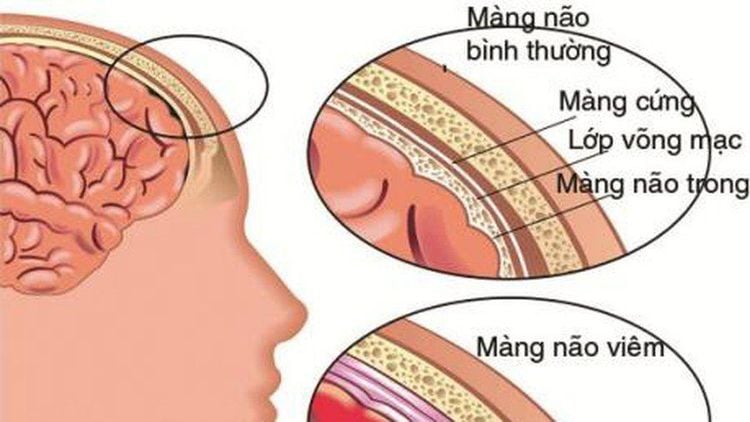
Encephalitis: This occurs in 80% of people with rabies. The first symptom is fever, headache or exhaustion, accompanied by loss of appetite, insomnia, restlessness, and symptoms of fear of water and wind. In the advanced stage, the patient increases salivation, so he cannot chew, swallow and frequently spit. After that, the patient's pupils will be dilated, so the eyes will be bright and bright, the pharynx will be constricted, the ejaculation will be spontaneous, the erection will be strong and will die quickly. Paralysis or "dumb": Paralysis is a prominent symptom. . Occurrence of symptoms of paralysis from the hands, feet to the muscles, disorders of urination and defecation. As soon as the paralysis spreads to the respiratory muscles, the patient will die.
2. Incubation period of rabies in humans
The incubation period for rabies is the time before symptoms appear. The time from infection to first symptoms (incubation period) is usually 1 to 3 months in humans. This period is very rarely seen shorter than 9 days or longer than 1 year. However, there are special cases where the incubation period is 4 days and up to 6 years. The incubation period depends on the location and severity of the wound and the amount of virus introduced.Death usually occurs 2 to 10 days after the first symptoms. Survival is virtually nonexistent once symptoms appear, even with intensive care.
3. Prophylaxis of rabies in humans after exposure
Not 100% of people bitten by an animal have rabies. The risk of rabies infection depends on many factors including whether the animal has rabies, the amount of virus in the animal's saliva is more or less, the wound is shallow or deep, and the wound site is cleaned and disinfected promptly. after being bitten by a dog or not... Vaccinating against rabies right after being bitten by an animal is still the most effective prevention and protection measure. When being bitten, scratched or licked by an animal, the affected skin should be handled as follows:3.1. Wound treatment:
It is necessary to separate the clothes from the bite, use scissors to cut off the fabric at the bite site (if any). This helps limit the animal's saliva from sticking more into the wound. Rinse the wound under running water for 15 minutes, preferably warm water. After that, clean the wound with 70% alcohol, iodide alcohol or Povidone-Iodine, absolutely do not try to squeeze blood. Do not rub the wound, avoid making the wound worse. Do not apply leaves, kerosene or any other substance to the wound. After cleaning the wound, the patient should use a medical gauze or clean cloth to bandage the wound to stop the bleeding and prevent bacteria from entering. However, the bandage should not be too tight, making it difficult for blood to circulate. If the wound needs stitches to stop bleeding, it should be sewn sparsely, not cosmetically.
3.2. Vaccinate against tetanus, rabies and anti-rabies sera:
Patients should immediately go to medical facilities to receive tetanus vaccine, rabies vaccine and anti-rabies serum (if the wound is grade III) right after being bitten by a dog. The vaccination schedule according to the route and type of rabies vaccine will be appropriately advised by the doctors depending on the grade of the wound and the post-exposure prophylaxis regimen. Post-exposure rabies vaccination will have 2 regimens: intramuscular and intradermalIntramuscular injection, rabies vaccination regimen when exposure is confirmed (bitten): Persons who have not received pre-exposure prophylaxis infection: 5 injections (0.5ml/dose) on days 0, 3, 7, 14, 28. In case of exposure level III, it is necessary to combine injection of anti-rabies serum. Persons vaccinated in the last 5 years: 2 injections on days 0 and 3. People who have been vaccinated irregularly or for more than 5 years: Get 5 injections on days 0, 3, 7, 14, 28 and possibly injection of anti-rabies serum. Intradermal injection, rabies vaccination regimen, dose 0.1ml x 2: Persons who have not received pre-exposure prophylaxis: 4 injections: injection in different limb positions, 0.1ml each side, on days 0 , 3, 7 and 28. People who have had prophylactic vaccination: Inject 0.1ml on days 0 and 3.
Please dial HOTLINE for more information or register for an appointment HERE. Download MyVinmec app to make appointments faster and to manage your bookings easily.





